How to build a skyscraper "in the swamp"?
When the Lakhta Center construction began, the building weighing almost 600 thousand tons, one of the main questions from the observers was related to the idea that Petersburg was in a swamp and it was impossible to build buildings of the heavyweight category here, in principle, it would suck.

At that time, there were many theories. Perhaps, you can take a couple of apocalyptic scenarios to the top that “the tower will push the earth to magma” and “the tower will crawl into the Gulf of Finland, raise a tsunami and a giant wave will wash off the Zenith Arena and everything else. Maybe even this:

Is it worth having fun over these hypotheses? Is the soil in St. Petersburg suitable for heavyweights? If not, what technologies still allow you to say “yes”? If so, then where did the idea of the “swamp” come from?
We offer to understand a series of thematic posts. Let's start with the soil situation in the city - after all, it is it that is the fertile ground for “swamp disputes”. Next, let's move on to the project itself.
The first thing that comes to mind when discussing the issue of the bearing capacity of soils is to turn to historical experience. How was the whole city rebuilt in the swamp?

Construction of the coastal abutment for the New St. Isaac's Bridge. Lithograph based on the Tretter drawing ( Source )
So, St. Petersburg appeared on the flat, “mossy, marshy shores” of the Neva Delta. You can’t say more precisely - up to 75% of the territory lined up for the creation of Northern Venice was swamped.
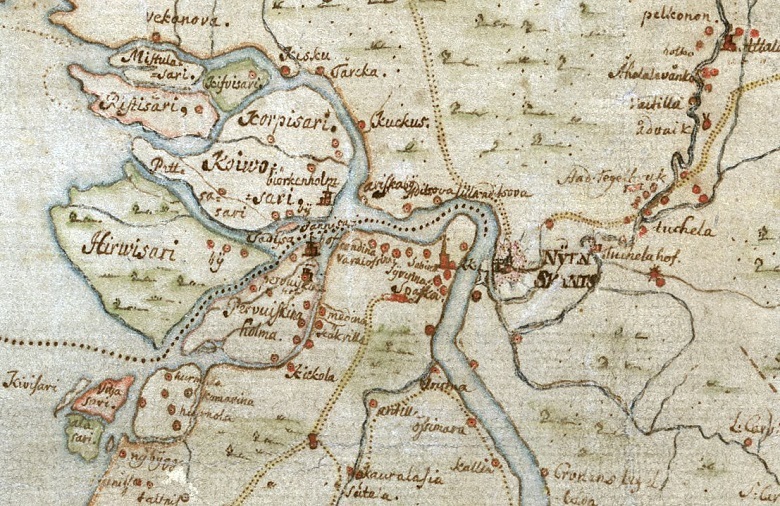
One of the maps of the area, 17th century. (Photo from here )
It seems to be really “out of luck” with soils. But the builders did not think much about it then - they simply built, the benefit, the methods obtained experimentally allowed. The methods were adopted, including from Holland, beloved by Peter, where it was no better with the ground, but with the buildings everything was in order.
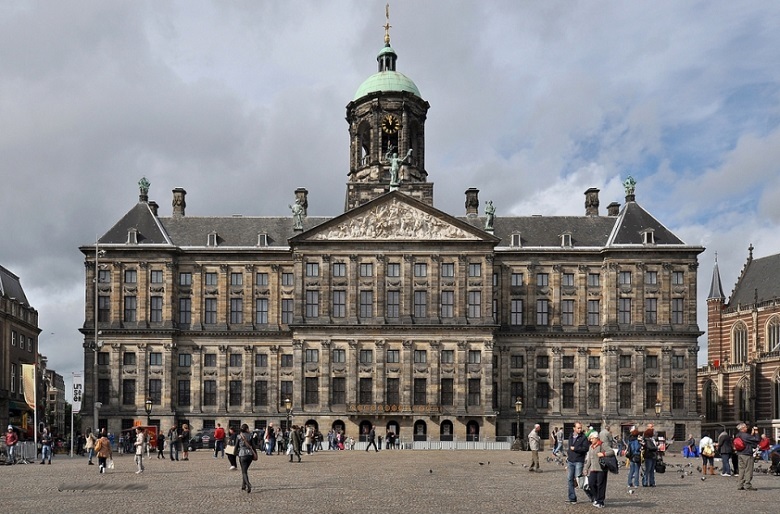
The Royal Palace in Amsterdam to this day confidently rests on its 13.5 thousand wooden piles. (Photo from here )
St. Petersburg construction began with the laying foundations of oak logs that were previously soaked - that is, they were “stained” in water to increase the strength of the wood. Stained piles 6–8 meters long were driven into the ground to compact it, and covered the “pile field” with wooden flooring.
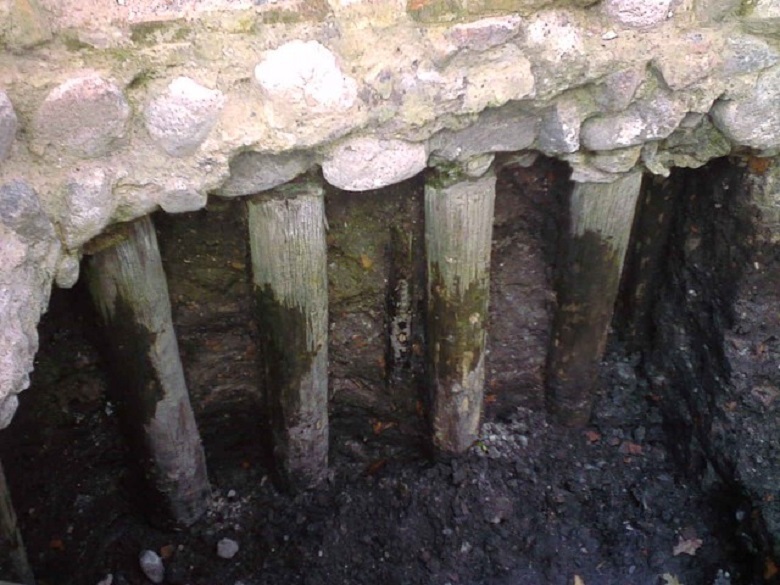
View of wooden piles (Kennigsberg, photo from here )
Another variant of the St. Petersburg foundations - rubble stone (limestone, granite) was laid in a trench on the base of the bed.

An example of a rubble foundation
To this day, most of the buildings of the historical center stand on the foundations of these types. You will not be mistaken if you assume wooden lodges or rubble stone under the houses on St. Isaac's Square, Nevsky Prospekt.

And under the Moscow station, too. In the middle of the 20th century, wooden beds under the building were antiseptic, preserved, and the ground was strengthened.
Our contemporaries have already found out that water-saturated soil for such foundations is not an enemy, but an ally. Groundwater protects wooden piles and lodges from destruction, preventing contact with air. At a time when buildings were being built, builders did not know this yet. It turns out that standing in the St. Petersburg buildings helped “bad” soil. Here is a paradox.
For two centuries, St. Petersburg buildings grew no higher than 23.4 meters. The red line is the eaves of the Winter Palace. The intruder is St. Isaac's Cathedral, whose height 101.5 m exceeded the regulation by 4 times.
He, with a weight of 300 thousand tons, became a pioneer in the heavyweight category.
The creation of Montferrand proved that you can build high and heavy even on soft ground. How?

Saint Isaac's Cathedral. Photo by Priest Maxim. The length of the building is 102 m., The width is 92 m., The height is -101.5 m. The
key point is the massive structure of the temple provided it with high spatial rigidity. The walls of the cathedral in thickness - from 2.5 to 5 m, the arches - 1.25 m. The pyramidality helped distribute the pressure of the building on the ground.
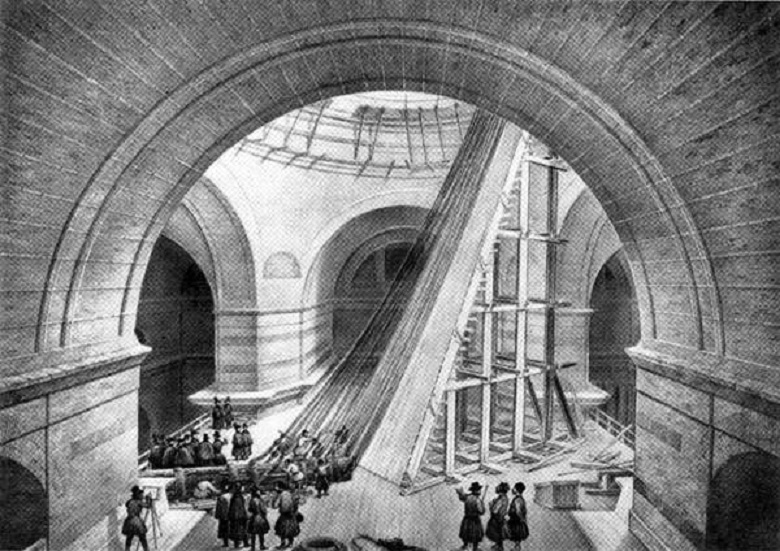
One of the 49 lithographs of Montferrand, telling about the construction.
The method of arranging the foundation did not technologically differ from those described above, but shocked by the scale of the work.
The depth of the pit is 5 m. It contains 37 thousand wooden piles!
The soil between the piles is compacted with crushed stone and spilled with a sand-lime mortar.
Limestone slabs and granite blocks are laid on top. The thickness of the slab is 7.5 m., And the weight is 100 thousand tons! - a third of the weight of the cathedral.
These parameters will remain unsurpassed until the end of the era of wooden and rubble foundations.
The height of Soviet buildings in St. Petersburg remained pre-revolutionary throughout the first half of the 20th century. Including because geotechnologies did not change.
In the 60s, hammered reinforced concrete piles appeared, the background development immediately made a jump to 14 floors. In 1975, two 22-storey “plate” houses, 76 meters in height, were commissioned.

22-storey buildings near Victory Square (end of Moscow Avenue) (Photo from here )
In the second half of the 1990s, modern foreign geotechnologies made their way to us.
New foundations - new heights. Today in St. Petersburg there are more than 3.5 hundred buildings with a height of 75 to 100 meters. Not skyscrapers yet, but maybe for pliable soils, and this is too much?
The question of the suitability of soft soils for skyscrapers without granite scientific knowledge is not understood.
Let us turn to Marx.
The word "soil" comes from the German language and means "base". It is not only soil or earth under our feet.

Sectional soil
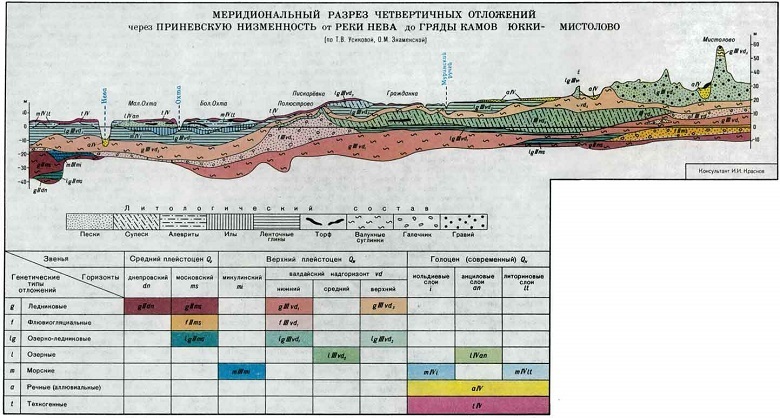
( Source )
A typical soil in the Neva floodplain has the following strata (cited by Prof. Alekseev S.I.):
1. Technogenic deposits with a thickness of 2-3 m.
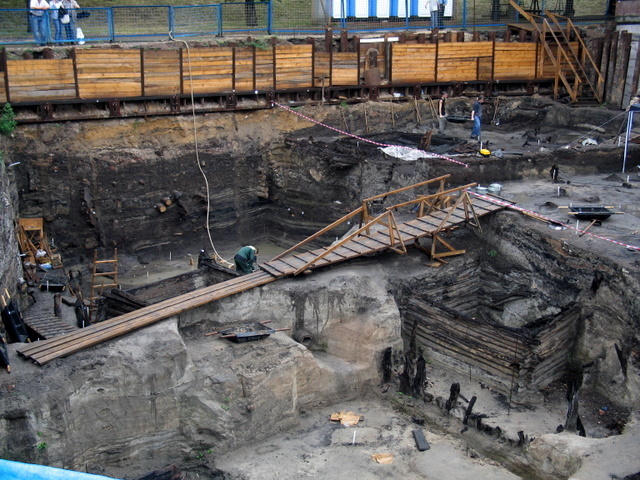
The cultural layer is attributed to technogenic soil (Photo from here )
2
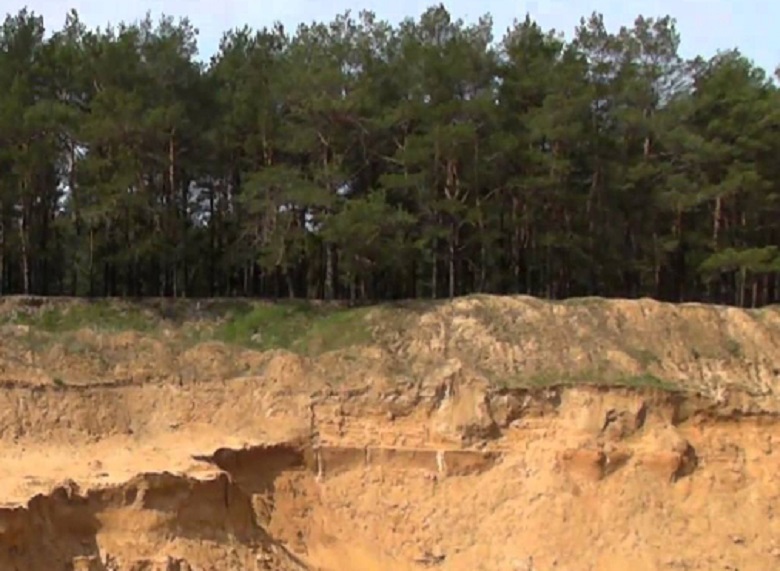
Deltaic deposits (sandy from silty to medium-sized coalescing and wedging out among themselves) with a thickness of up to 5-6 m. 3. Marine deposits (sandy loams and loams from soft-plastic to fluid consistency) with a thickness of up to 12-16 m.
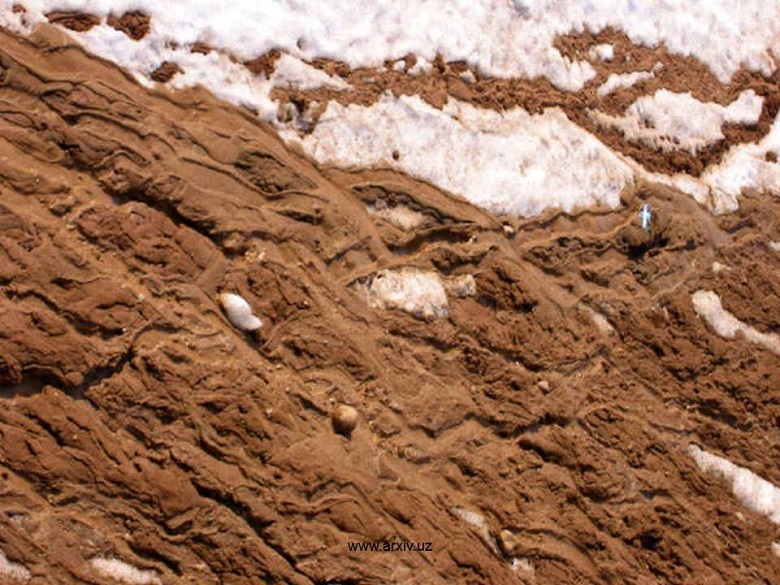
4. Glacial moraine deposits in the form of loam and sandy loam of a refractory texture located on depth from 20 m.
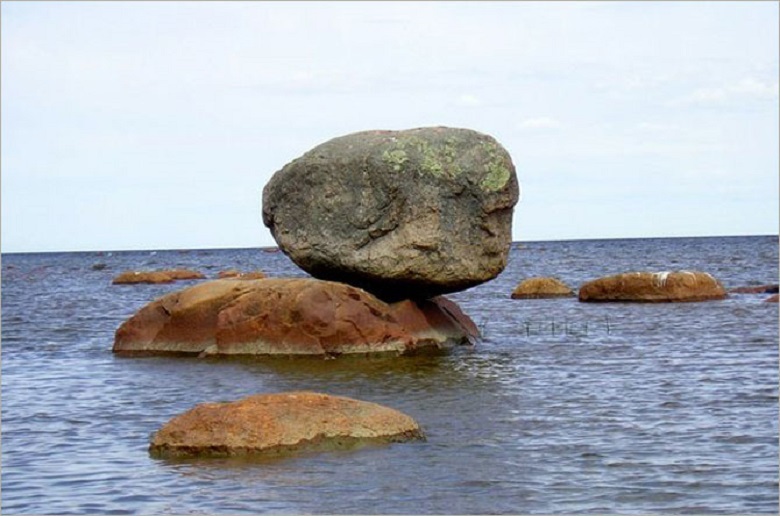
These boulders are also characteristic of the moraine - at the Lakhta Center construction site, they had to “fight” with them. This representative is photographed in the Lomonosov district of St. Petersburg, photo from here .
And what is below minus 20 meters?
Petersburg is located in the junction of the Baltic (Fennoscandinavian) shield and the Russian (East European) platform.

The boundary seam between the Baltic Shield (the shield itself is indicated by the number 1) and the Russian Platform ( Source ) The
Baltic Shield consists of solid crystalline rocks. And the platform has a two-story structure. The lower floor is also crystalline rocks of the most ancient Archean-Proterozoic age (4-2.5 billion years ago) - granites, gneisses, diorites, etc.
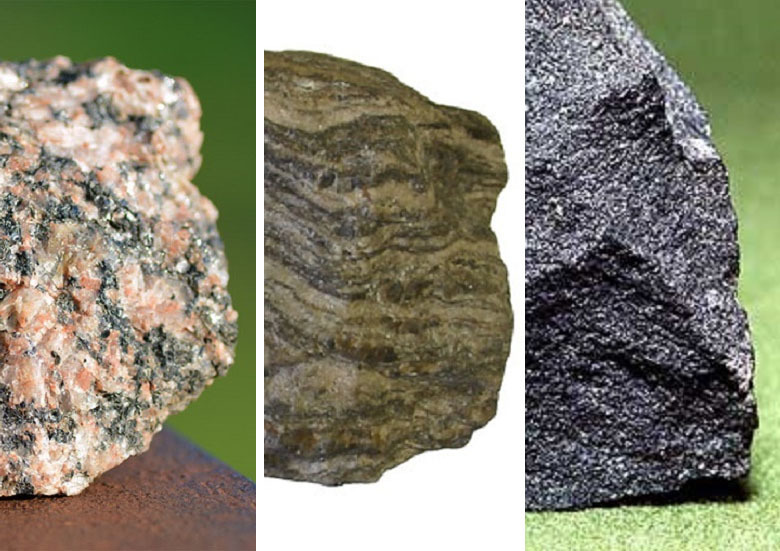
These stones are from the era of the origin of life on earth.
Within St. Petersburg, the crystalline floor lies deep - from minus 140 m in the resort area to minus 300 m in the south of the city.
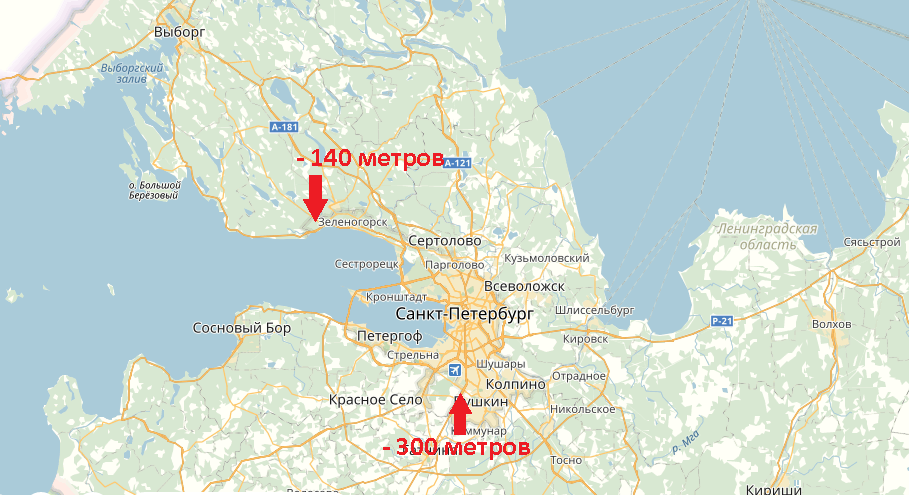
This floor has not yet been considered as an environment for the placement of underground facilities, for obvious reasons - too deeply.
The upper floor consists of sedimentary rocks. They are different in age, origin, composition, condition and properties. The approach to assessing their sustainability, respectively, is also different.
So, in the northern and central parts of the city, under the Quaternary layer (i.e., formed in the modern geological era), the Upper Vendian clays occur. They are also in the south, under the Lower Cambrian layer.
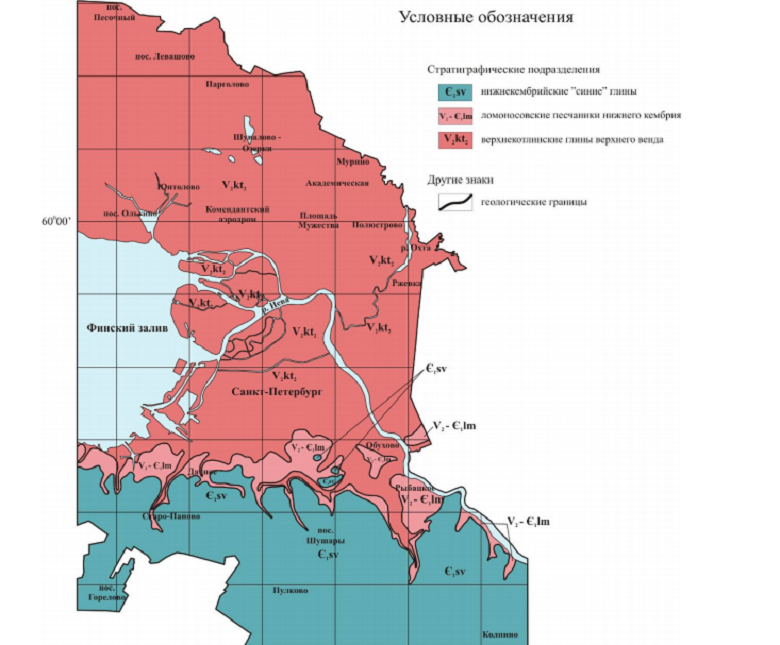
( Source )
The thickness of these deposits is from 12-20 m to 95-126 m.
But the density of crystalline rocky soils: from 1.2 to 2.5 g / cm3 (GOST 25100-2011).
From the comparison it is clear why in the story we dug for so long before these clays. They are the most stable environment available to accommodate underground structures. And nothing to do with the “swamp”.
It is in the Verkhnekotlinsky clay that deep sewer collectors are laid, in the same place - the bulk of the tunnels and stations of the St. Petersburg metro.
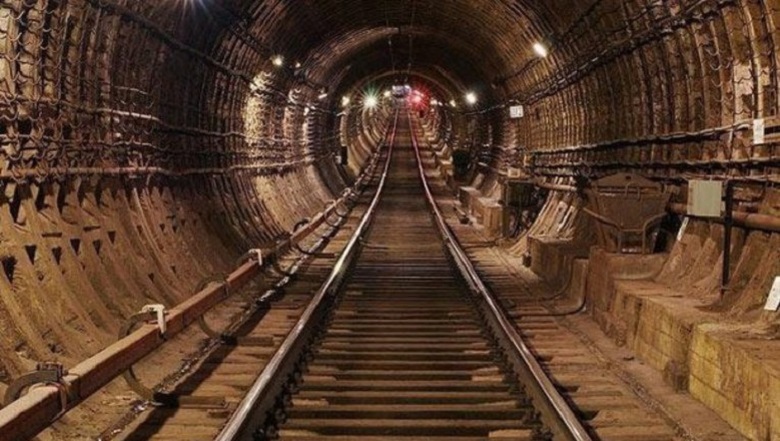
Subway ride - travel through the Upper Vendian period (Photo from here )
Of course, rocky ground is considered the reference for high-rise construction.
Such as near New York. There, to him - only 10-20 meters. The thickness (which you can’t even call the thickness) of sedimentary deposits pass through shallow piles.

The photo from underground work in the center of New York gives a visual representation of the quality of soils, which makes it possible to build non-stop. (Photo from here )
In St. Petersburg, as we have established, to the rocky base (this is the lower “floor” of the Russian platform) - an average of 200 meters and it cannot be used as a carrier layer.
Sedimentary construction requires a lot from the construction of high-rise buildings: spatial rigidity and stability must be ensured. The design must resist not only compressive, but also bending and torque loads. These properties have frames made of metal or reinforced concrete. In world practice, it was adopted from the first third of the twentieth century.
Petersburg is not the only city where it is necessary to build on the basis of sedimentary deposits. The skyscrapers of Frankfurt am Main and Berlin feel great on this basis. Weak soils and in China. For example, in Shanghai, for a point skyscraper, they make a large podium in the form of a powerful box to reduce the load on the ground. The skyscraper itself is 50x60 meters, and below it is a podium of 20-30 thousand square meters. Under the box are also piles.

Shanghai skyscrapers - not only on soft ground, but also located closely. (Photo from here )
In 2013, the first St. Petersburg skyscraper was erected on Constitution Square. It became the Leader Tower, 140 meters, 42 floors. He does not reach the official “skyscraper” status quite a bit - 10 meters, but we think that in this context we can close our eyes to this.

"Leader Tower". By the way, the high-rise building right here, between the two buildings of LenEnergo, was planned back in the 1980s. Photo by Black_Man from skyscrapercity.com
The authors of the project report about design features:

The foundation of the Tower of Leader tower was photographed by Flatron, also from the skyscrapercity.com forum.
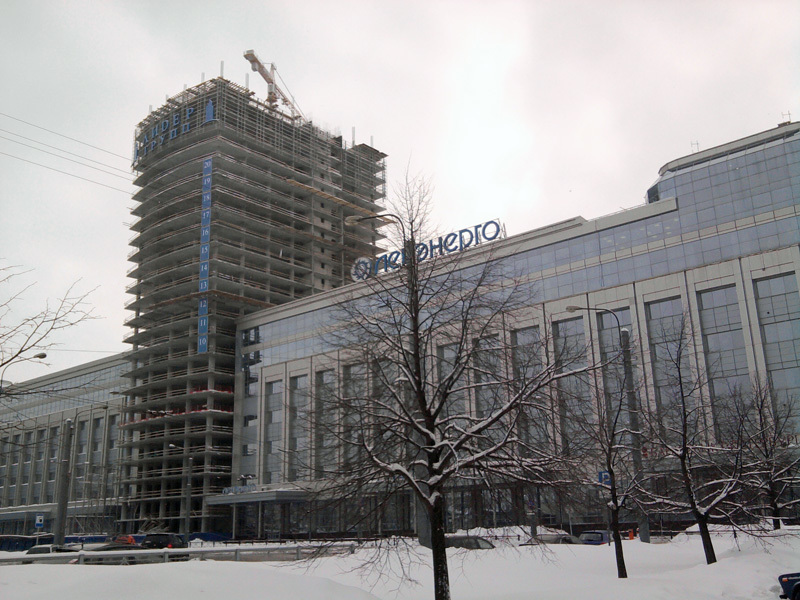
Construction of elevated levels. Photo from the same place, author - Star2007
Until July 2016, “Leader Tower” was the tallest building in the city (excluding the TV tower), then “Lakhta Center” overtook it. This is where the fun begins. St. Petersburg soil has not yet experienced such pressure as in Lakhta. But more about that next time.
Read in the new “series” - who investigated the suitability of the soil under the Lakhta Center, why did the researchers dig up to minus 150 meters, did they find the Baltic Shield and generally how it is down there?

At that time, there were many theories. Perhaps, you can take a couple of apocalyptic scenarios to the top that “the tower will push the earth to magma” and “the tower will crawl into the Gulf of Finland, raise a tsunami and a giant wave will wash off the Zenith Arena and everything else. Maybe even this:

Is it worth having fun over these hypotheses? Is the soil in St. Petersburg suitable for heavyweights? If not, what technologies still allow you to say “yes”? If so, then where did the idea of the “swamp” come from?
We offer to understand a series of thematic posts. Let's start with the soil situation in the city - after all, it is it that is the fertile ground for “swamp disputes”. Next, let's move on to the project itself.
The construction paradox of St. Petersburg: water in the ground is not an enemy, but an ally
The first thing that comes to mind when discussing the issue of the bearing capacity of soils is to turn to historical experience. How was the whole city rebuilt in the swamp?

Construction of the coastal abutment for the New St. Isaac's Bridge. Lithograph based on the Tretter drawing ( Source )
So, St. Petersburg appeared on the flat, “mossy, marshy shores” of the Neva Delta. You can’t say more precisely - up to 75% of the territory lined up for the creation of Northern Venice was swamped.

One of the maps of the area, 17th century. (Photo from here )
It seems to be really “out of luck” with soils. But the builders did not think much about it then - they simply built, the benefit, the methods obtained experimentally allowed. The methods were adopted, including from Holland, beloved by Peter, where it was no better with the ground, but with the buildings everything was in order.

The Royal Palace in Amsterdam to this day confidently rests on its 13.5 thousand wooden piles. (Photo from here )
St. Petersburg construction began with the laying foundations of oak logs that were previously soaked - that is, they were “stained” in water to increase the strength of the wood. Stained piles 6–8 meters long were driven into the ground to compact it, and covered the “pile field” with wooden flooring.

View of wooden piles (Kennigsberg, photo from here )
Another variant of the St. Petersburg foundations - rubble stone (limestone, granite) was laid in a trench on the base of the bed.

An example of a rubble foundation
To this day, most of the buildings of the historical center stand on the foundations of these types. You will not be mistaken if you assume wooden lodges or rubble stone under the houses on St. Isaac's Square, Nevsky Prospekt.

And under the Moscow station, too. In the middle of the 20th century, wooden beds under the building were antiseptic, preserved, and the ground was strengthened.
Our contemporaries have already found out that water-saturated soil for such foundations is not an enemy, but an ally. Groundwater protects wooden piles and lodges from destruction, preventing contact with air. At a time when buildings were being built, builders did not know this yet. It turns out that standing in the St. Petersburg buildings helped “bad” soil. Here is a paradox.
Heavyweight: St. Isaac's Cathedral
For two centuries, St. Petersburg buildings grew no higher than 23.4 meters. The red line is the eaves of the Winter Palace. The intruder is St. Isaac's Cathedral, whose height 101.5 m exceeded the regulation by 4 times.
He, with a weight of 300 thousand tons, became a pioneer in the heavyweight category.
The creation of Montferrand proved that you can build high and heavy even on soft ground. How?

Saint Isaac's Cathedral. Photo by Priest Maxim. The length of the building is 102 m., The width is 92 m., The height is -101.5 m. The
key point is the massive structure of the temple provided it with high spatial rigidity. The walls of the cathedral in thickness - from 2.5 to 5 m, the arches - 1.25 m. The pyramidality helped distribute the pressure of the building on the ground.

One of the 49 lithographs of Montferrand, telling about the construction.
The method of arranging the foundation did not technologically differ from those described above, but shocked by the scale of the work.
The depth of the pit is 5 m. It contains 37 thousand wooden piles!
Of these, 24,000 pieces, ranging in length from 6.3 to 8.4 meters, were installed by builders from the Montferrand “team”.
13,000 piles, ranging in length from 8.4 to 10.5 m., Were inherited from the predecessor cathedral, which was built according to the project of Rinaldi, but turned out to be “unsuccessful”. The inheritance, by the way, turned out sideways - it was this pile section that subsequently settled at a faster pace, causing deformations.
The soil between the piles is compacted with crushed stone and spilled with a sand-lime mortar.
Limestone slabs and granite blocks are laid on top. The thickness of the slab is 7.5 m., And the weight is 100 thousand tons! - a third of the weight of the cathedral.
These parameters will remain unsurpassed until the end of the era of wooden and rubble foundations.
When the city began to grow up
The height of Soviet buildings in St. Petersburg remained pre-revolutionary throughout the first half of the 20th century. Including because geotechnologies did not change.
In the 60s, hammered reinforced concrete piles appeared, the background development immediately made a jump to 14 floors. In 1975, two 22-storey “plate” houses, 76 meters in height, were commissioned.

22-storey buildings near Victory Square (end of Moscow Avenue) (Photo from here )
In the second half of the 1990s, modern foreign geotechnologies made their way to us.
New foundations - new heights. Today in St. Petersburg there are more than 3.5 hundred buildings with a height of 75 to 100 meters. Not skyscrapers yet, but maybe for pliable soils, and this is too much?
What is near Petersburg
The question of the suitability of soft soils for skyscrapers without granite scientific knowledge is not understood.
Let us turn to Marx.
The word "soil" comes from the German language and means "base". It is not only soil or earth under our feet.

Sectional soil
Soil - multicomponent dynamic systems (rocks, soils, sediments and technogenic formations), considered as part of the geological environment and studied in connection with the engineering and economic activities of people. (GOST 25100-2011)

( Source )
A typical soil in the Neva floodplain has the following strata (cited by Prof. Alekseev S.I.):
1. Technogenic deposits with a thickness of 2-3 m.

The cultural layer is attributed to technogenic soil (Photo from here )
2

Deltaic deposits (sandy from silty to medium-sized coalescing and wedging out among themselves) with a thickness of up to 5-6 m. 3. Marine deposits (sandy loams and loams from soft-plastic to fluid consistency) with a thickness of up to 12-16 m.

4. Glacial moraine deposits in the form of loam and sandy loam of a refractory texture located on depth from 20 m.

These boulders are also characteristic of the moraine - at the Lakhta Center construction site, they had to “fight” with them. This representative is photographed in the Lomonosov district of St. Petersburg, photo from here .
And what is below minus 20 meters?
Shield and platform
Petersburg is located in the junction of the Baltic (Fennoscandinavian) shield and the Russian (East European) platform.

The boundary seam between the Baltic Shield (the shield itself is indicated by the number 1) and the Russian Platform ( Source ) The
Baltic Shield consists of solid crystalline rocks. And the platform has a two-story structure. The lower floor is also crystalline rocks of the most ancient Archean-Proterozoic age (4-2.5 billion years ago) - granites, gneisses, diorites, etc.

These stones are from the era of the origin of life on earth.
Within St. Petersburg, the crystalline floor lies deep - from minus 140 m in the resort area to minus 300 m in the south of the city.

This floor has not yet been considered as an environment for the placement of underground facilities, for obvious reasons - too deeply.
The upper floor consists of sedimentary rocks. They are different in age, origin, composition, condition and properties. The approach to assessing their sustainability, respectively, is also different.
Here we turn to the analysis of “Engineering and geological conditions of St. Petersburg”, performed by a group under the guidance of prof., Doctor of Medical Sciences Dashko.
So, in the northern and central parts of the city, under the Quaternary layer (i.e., formed in the modern geological era), the Upper Vendian clays occur. They are also in the south, under the Lower Cambrian layer.

( Source )
The thickness of these deposits is from 12-20 m to 95-126 m.
Verkhnekotlinsky clays are dense ( density 2.17-2.24 g / cm3 ) hard silt (silty) thin-layered differences of greenish-gray color.
But the density of crystalline rocky soils: from 1.2 to 2.5 g / cm3 (GOST 25100-2011).
From the comparison it is clear why in the story we dug for so long before these clays. They are the most stable environment available to accommodate underground structures. And nothing to do with the “swamp”.
It is in the Verkhnekotlinsky clay that deep sewer collectors are laid, in the same place - the bulk of the tunnels and stations of the St. Petersburg metro.

Subway ride - travel through the Upper Vendian period (Photo from here )
“Verkhnekotlinsky clays are often called“ Proterozoic ”, which is not entirely accurate. Their age is the Upper Vendian (Upper Proterozoic) - the interval is 680 ± 20 - 570 ± 20 Ma. These are some of the oldest deposits on the planet. ”
Construction is sedimentary and non-stop
Of course, rocky ground is considered the reference for high-rise construction.
Such as near New York. There, to him - only 10-20 meters. The thickness (which you can’t even call the thickness) of sedimentary deposits pass through shallow piles.

The photo from underground work in the center of New York gives a visual representation of the quality of soils, which makes it possible to build non-stop. (Photo from here )
In St. Petersburg, as we have established, to the rocky base (this is the lower “floor” of the Russian platform) - an average of 200 meters and it cannot be used as a carrier layer.
Sedimentary construction requires a lot from the construction of high-rise buildings: spatial rigidity and stability must be ensured. The design must resist not only compressive, but also bending and torque loads. These properties have frames made of metal or reinforced concrete. In world practice, it was adopted from the first third of the twentieth century.
Petersburg is not the only city where it is necessary to build on the basis of sedimentary deposits. The skyscrapers of Frankfurt am Main and Berlin feel great on this basis. Weak soils and in China. For example, in Shanghai, for a point skyscraper, they make a large podium in the form of a powerful box to reduce the load on the ground. The skyscraper itself is 50x60 meters, and below it is a podium of 20-30 thousand square meters. Under the box are also piles.

Shanghai skyscrapers - not only on soft ground, but also located closely. (Photo from here )
So what about the skyscraper “in the swamp”?
In 2013, the first St. Petersburg skyscraper was erected on Constitution Square. It became the Leader Tower, 140 meters, 42 floors. He does not reach the official “skyscraper” status quite a bit - 10 meters, but we think that in this context we can close our eyes to this.

"Leader Tower". By the way, the high-rise building right here, between the two buildings of LenEnergo, was planned back in the 1980s. Photo by Black_Man from skyscrapercity.com
The authors of the project report about design features:
“About 800 piles are driven into the foundation of the tower, which are supported by a solid clay layer. In the center of the building is the core of rigidity, in which elevator shafts are located. Column pitch - 6x6 m “

The foundation of the Tower of Leader tower was photographed by Flatron, also from the skyscrapercity.com forum.

Construction of elevated levels. Photo from the same place, author - Star2007
Until July 2016, “Leader Tower” was the tallest building in the city (excluding the TV tower), then “Lakhta Center” overtook it. This is where the fun begins. St. Petersburg soil has not yet experienced such pressure as in Lakhta. But more about that next time.
Read in the new “series” - who investigated the suitability of the soil under the Lakhta Center, why did the researchers dig up to minus 150 meters, did they find the Baltic Shield and generally how it is down there?
